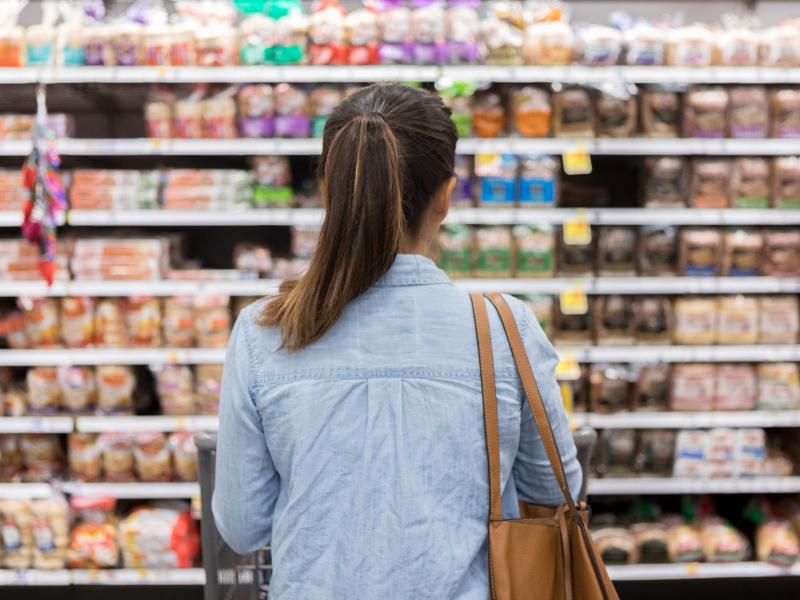In the last seven weeks alone China has concluded Free Trade Agreements with South Korea and Australia. South Korea has also just concluded a Free Trade Agreement with New Zealand. India and Australia are in discussions and hope to conclude a Free Trade Agreement next year.
Combined with the various ASEAN agreements, the existing TPP agreement and a multitude of bilateral agreements, the entire Asia Pacific region (except for Japan which continues to protect its domestic agriculture industry, and Papua New Guinea) should be covered by bilateral or multi-lateral agreements within the next 12 months.
South Korea is an interesting case in point. It was not so long ago that South Korea was a highly protected market with high tariffs and low quota limitations. Now it is an open economy with Free Trade Agreements with India, Chile, EU, ASEAN, USA, China and NZ. That trend is almost universal in the region.
The NZ–South Korea free trade agreement is significant to NZ. We were losing market share, particularly in the beef market, to the US which enjoyed zero tariffs on beef exports whilst NZ suffered a 40% tariff.
We predict NZ exports of beef to South Korea could quadruple under the new FTA which will largely come from a reduction in the US share of that market. NZ beef farmers are simply more efficient than their US counterparts. Tariffs also come off NZ exports of dairy products, wine, kiwifruit, fisheries and timber. This combination, together with the standard of living in South Korea, will ensure it remains in the spotlight of target export countries. Interestingly, the agreement also provides for preferential treatment of NZ companies in the South Korea Government procurement process for large infrastructure projects.We would expect a number of NZ companies to take advantage of that, particularly in the health technology sector, which is a significant growth industry for NZ.
The Australian-China FTA, which has taken 10 rounds of trade talks to conclude, is also a comprehensive agreement. NZ has had a FTA with China since 2008 and Australia was disadvantaged particularly in respect of beef and dairy products because NZ had much lower tariffs. Australia will catch up to the NZ tariff levels over the next four years. NZ exported more than $5 billion of dairy products to China last year whereas Australia only exported $385m. That gap will narrow but not necessarily at the expense of NZ. Increase in demand should at least see NZ retain the total gross value of exports. The reduction of tariffs on Australian dairy products is more likely to see their exports increase and thus reduce the potential growth of NZ exports in that sector. It will also potentially restrict further increases in prices as their will be competing supplies.
Just prior to that FTA, Australia also obtained the right to export more than 1 million live cattle per annum to China for slaughter in China. Together with Australia’s live beef cattle exports to Indonesia, Australian beef farmers will be receiving significantly higher prices as demand will outstrip supply. In the last two years, surplus Australian beef has been “dumped” onto the NZ market undermining NZ beef prices – sometimes seeing rump steak going for as little as $10 per kg. That will no longer occur and that alone will increase the price of beef in the NZ supermarket. NZ beef farmers will, in fact, have the choice of selling beef into the Australian market which will now be short supplied and they will be back into the South Korea market following the new FTA with NZ. The combination of no supply from Australia into the NZ market and the supply of NZ beef into Australia and South Korea (together with increasing exports to China) will inevitably flow directly into the price of beef. So enjoy your barbecue this year because next year the price of that sirloin steak will be much more than you are paying now.
It is not just beef that will enjoy advantages in Australia. The Australia–China FTA significantly increases the investment thresholds for private investment. Chinese private companies can now invest up to $1.08b in Australia without needing any Australian Government review. The mining industry also reaps significant tariff removals on alumina, zinc, copper and uranium and significantly lower tariffs on coking and thermal coal. Wine exports to China will also increase as the current 14-30% tariff is progressively removed. We would expect to see Chinese private companies more active in investing into Australian assets (as the FTA is seen as a sign of approval from Beijing). It would be natural for China investors to seek assets that supply products to China that will also enjoy the lower tariffs. Wineries, for example, will be a prime winner in those market conditions.
Australia also obtains the right to purchase and operate tourism businesses in China including owning and operating hotels, restaurants and travel insurance and agencies. This right does not form part of the standard China agreements so is a significant addition in this agreement. It will be interesting to see if Australian businesses take up that opportunity. Tourism inbound to China is a very different dynamic than Australian in bound tourism.
The Governments have laid the platform for increased export business and inward investment. It is now up to private companies to take advantage of these agreements.
Arran Boote is International Director at William Buck Christmas Gouwland, operating from offices in Auckland, Hong Kong, Shenzhen, Guangzhou, San Fernando (Philippines) and Nusa Dua (Indonesia).





